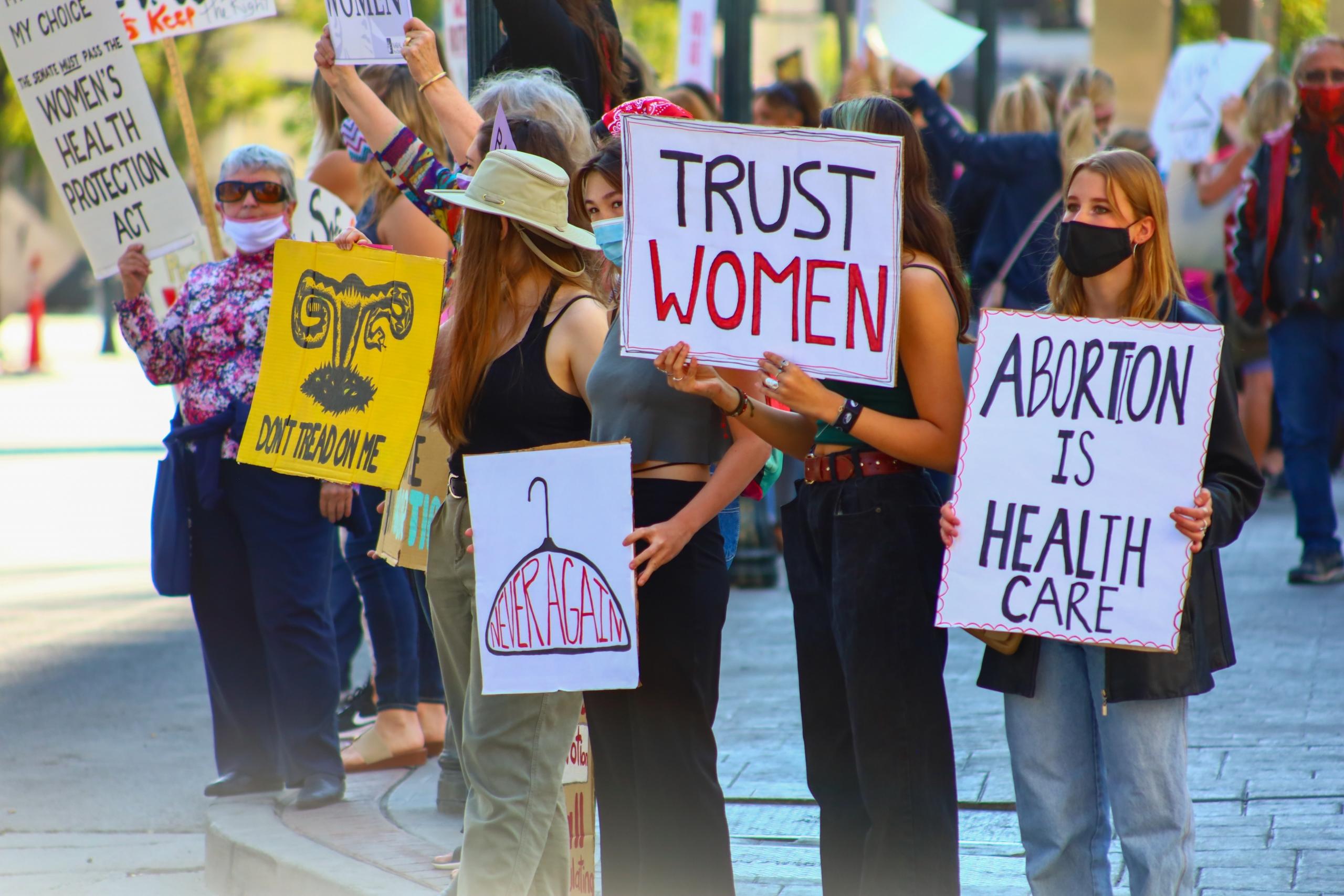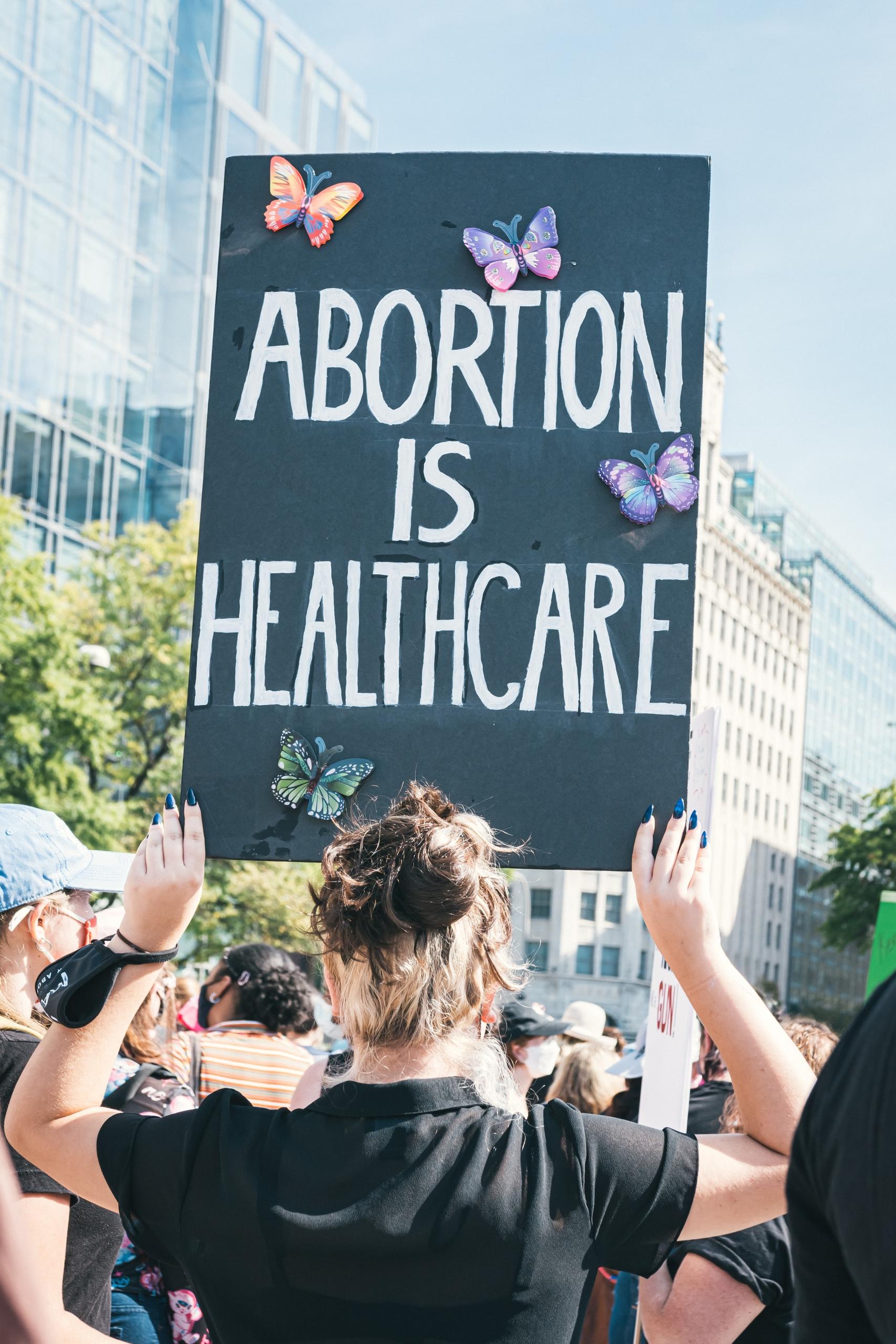The right to life is a fundamental human right, but also a source of conflict and debate when it comes to certain topics and questions. Here we will overview the history of the right to life and some cases where the conflict and debate are still present, including capital punishment, war, abortion, euthanasia, police brutality and justifiable homicide.

Human Rights Act in Britain
The Human Rights Act of 1998 sets out the fundamental rights and freedoms that everyone in the United Kingdom is entitled to. It incorporates the rights set out in the European Convention on Human Rights (ECHR) into domestic British law. The Human Rights Act came into force in the UK in October 2000, this meant that people in the UK no longer had to take complaints about human rights breaches to the European Court in Strasbourg, British courts could now hear these cases.
As we can see, the human rights debate started between the 19th and 20th centuries, which might seem quite late considering the history of law and humankind.
Right to life
Article 2 of the Human Rights Act protects your right to life, but what does that mean exactly? It is defined as follows in the Human Rights Act:
1. Everyone’s right to life shall be protected by law. No one shall be deprived of his life intentionally save in the execution of a sentence of a court following his conviction of a crime for which the penalty is provided by law.
2. Deprivation of life shall not be regarded as inflicted in contravention of this Article when it results from the use of force which is no more than absolutely necessary:
- in defence of any person from unlawful violence
- in order to effect a lawful arrest or to prevent the escape of a person lawfully detained, and
- in action lawfully taken for the purpose of quelling a riot or insurrection.
This means that nobody, including the Government, can try to end your life. It also means the Government should take appropriate measures to safeguard life by making laws to protect you and, in some circumstances, by taking steps to protect you if your life is at risk.
Public authorities should also consider your right to life when making decisions that might put you in danger or that affect your life expectancy.
If a member of your family dies in circumstances that involve the state, you may have the right to an investigation. The state is also required to investigate suspicious deaths and deaths in custody.
The courts have decided that the right to life does not include a right to die.

Its restrictions
Even though, Article 2 is often referred to as an ‘absolute right’. These are rights that can never be interfered with by the state. There are situations, however, when it does not apply.
For example, a person’s right to life is not breached if they die when a public authority (such as the police) uses necessary force to:
- stop them from carrying out unlawful violence
- make a lawful arrest
- stop them escaping lawful detainment, and
- stop a riot or uprising.
Of course, even in these circumstances, the force used must be essential and strictly proportionate. Force is ‘proportionate’ when it is appropriate and no more than necessary to address the problem concerned.
The positive obligation of the state to protect a person’s life is not absolute. Due to limited resources, the state might not always be able to fulfil this obligation. This could mean, for example, that the state does not have to provide life-saving drugs to everyone in all circumstances.
Right-to-life and abortion debate

Since the feminist movement and the several debates about reproductive rights in feminist jurisprudence, abortion is a major debate in terms of ethics, religion, and feminist legal theory.
But first, what is an abortion?
It is a medical procedure that ends the pregnancy. It is considered a basic healthcare need for millions of women, girls, and others who can become pregnant. However, access to safe and legal abortion services is far from guaranteed everywhere in the world.
Unfortunately, the amount of misinformation does not help to advance the debate. To give you an overview, here are some facts that Amnesty International has also pointed out about abortion.
- Regardless of what the law says, abortion is a common decision and necessity that women around the world require regularly. Even, when women had no right over their bodies' abortion was practised to help them escape poverty. This is still the case today in countries where the government restricts safe access to abortions, women are compelled to resort to clandestine, unsafe abortions.
- Criminalizing abortion has not stopped abortion, it has just made abortion less safe. Unsafe abortions are defined by the World Health Organization as “a procedure for terminating an unintended pregnancy carried out either by persons lacking the necessary skills or in an environment that does not conform to minimal medical standards or both.” In contrast to legal abortion, carried out by a trained medical provider, unsafe abortion can have fatal consequences for the women's life. So much so that unsafe abortions are the third leading cause of maternal deaths worldwide and lead to an additional five million largely preventable disabilities, according to the WHO.
- There is further evidence that shows that abortion rates are higher in countries where there is little or no access to contraception. Abortion rates are lower where people, including teenagers, have information about and can access modern contraceptive methods and where comprehensive sexuality education is available and there is access to safe and legal abortion on broad grounds.
- These facts have allowed many countries to start considering the change of their law to allow for greater access to abortion. Over the last 25 years, more than 50 countries have changed their laws to allow for greater access to abortion, at times recognizing the vital role that access to safe abortion plays in protecting women’s lives and health. Ireland joined that list on 25 May 2018 when, in a long-awaited referendum, its people voted overwhelmingly to repeal the near-total constitutional ban on abortion.
- Criminalizing abortion is a form of discrimination against women who are lesbians, bisexual, and/or transgender, particularly given the specific forms of gendered discrimination they face. This is sad, considering that the feminist movement has been fighting for this since the beginning of the movement with Mary Wollstonecraft.
- It has been stated that access to safe abortion services is a human right. Under international human rights law, everyone has a right to life, a right to health, and a right to be free from violence, discrimination, and torture or cruel, inhuman and degrading treatment.
Human rights law clearly spells out that decisions about your body are yours alone – this is what is known as bodily autonomy. Forcing someone to carry an unwanted pregnancy, or forcing them to seek out an unsafe abortion, is a violation of their human rights, including the rights to privacy and bodily autonomy. In many circumstances, those who have no choice but to resort to unsafe abortions also risk prosecution and punishment, including imprisonment, and can face cruel, inhuman and degrading treatment and discrimination in, and exclusion from, vital post-abortion health care. Access to abortion is therefore fundamentally linked to protecting and upholding the human rights of women, girls and others who can become pregnant, and thus to achieving social and gender justice.
Women marching with the message 'Abortion is self-care'. Source Unsplash
The 'right to life' argument has been used by those who wish to end the practice of abortion, or at least reduce the possibility to apply the practice. The argument was advanced by Pope Pius XII in 1951 when he said: “Every human being, even the child in the womb, has the right to life directly from God and not from his parents, not from any society or human authority.” With this statement, the Church placed God above the Law, creating a conflict in society between religious and non-religious groups.
Philosophers also participated in the debate, more precisely utilitarian ethicists, such as Peter Singer. For Singer, the right to life is grounded in the ability to plan and anticipate one's future.
Abortion in the United Kingdom
Because it is such a heated debate, the pro-choice group founded the Abortion Law Reform Association in 1936. This group advocated for legal access to induced abortion services. This group stand against the anti-abortion movement, which is also referred to as the pro-life movement, and advocates against the practice of abortion and its legality.
In Great Britain abortion is regulated under the criminal law, but is legally available through the Abortion Act since 1967, which permits abortion if there is:
- risk to the life of the pregnant woman;
- a necessity for abortion to prevent grave permanent injury to the physical or mental health of the pregnant woman;
- risk of injury to the physical or mental health of the pregnant woman or any existing children of her family (up to a term limit of 24 weeks of gestation); or
- a substantial risk that if the child were born, it would “suffer from such physical or mental abnormalities as to be seriously handicapped”.
The right to life is a philosophical and legal concept that can face several challenges, thus making it a fascinating subject to study and to contribute to society and justice.















